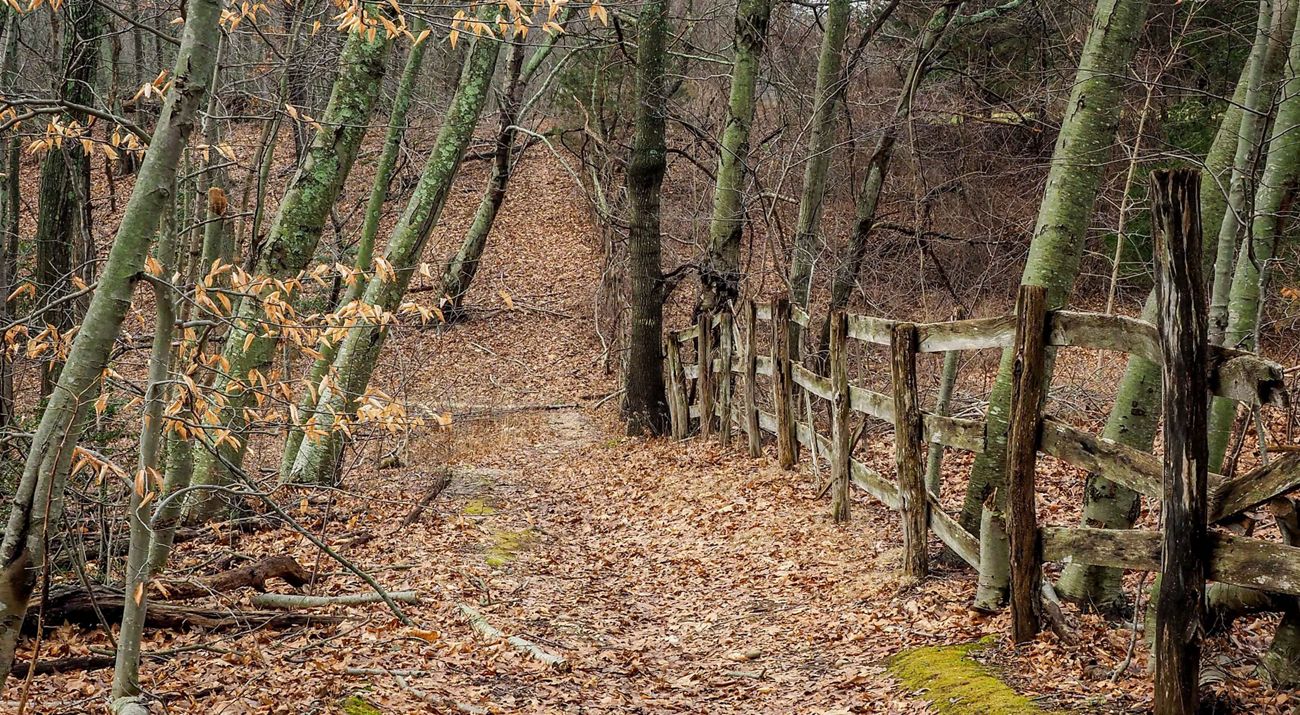Description
The grounds of Butler-Huntington Woods hold the key to Long Island’s icy past. Basically an oversized sandbar, Long Island was created during the last Ice Age when rocks, sand and gravel, bulldozed from the north by great glaciers, were deposited as the ice melted and retreated.
The wooded hills and ravines of Butler-Huntington Woods are part of the Harbor Hill moraine, the hilly ridge that marks the place where the ice sheets paused, depositing pulverized materials. The swales between the high ridges cut a natural trail system several miles long through the woodlands. The watershed formed by the glacier-scoured hills and swales once fed water to Mill Creek, which powered a gristmill and flowed on to the Nissequogue River. In 1961, brothers William R. Huntington and the Reverend Christopher Huntington donated the land to the Conservancy.
